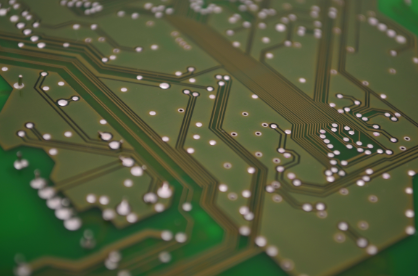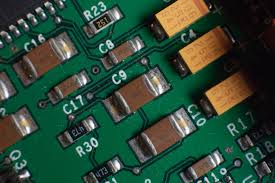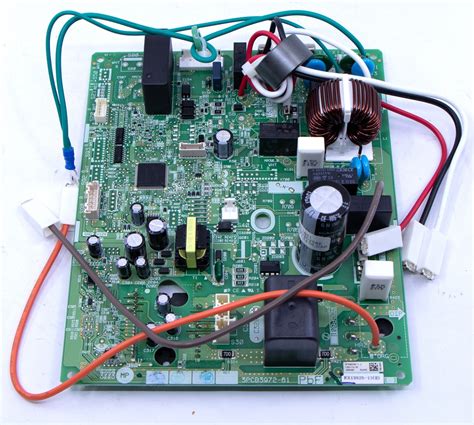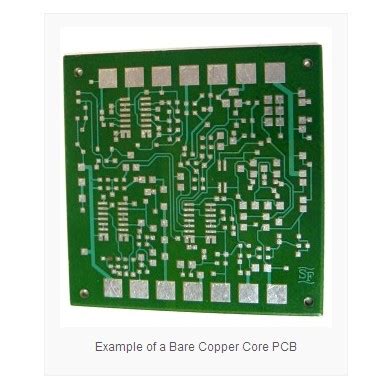Understanding Manufacturing Capabilities for Custom PCB Requirements
Introduction
Printed Circuit Boards (PCBs) are the backbone of modern electronics, enabling the functionality of devices ranging from smartphones to industrial machinery. As technology advances, the demand for custom PCBs with specialized requirements has grown significantly. However, not all PCB manufacturers possess the same capabilities, and understanding a manufacturer’s ability to meet custom PCB requirements is crucial for ensuring product reliability, performance, and cost-effectiveness.
This article explores the key aspects of PCB manufacturing capabilities, including material selection, layer count, trace width, surface finishes, and advanced technologies like HDI (High-Density Interconnect) and flexible PCBs. By the end, readers will have a comprehensive understanding of how to evaluate a manufacturer’s ability to fulfill custom PCB demands.

1. Material Selection and Compatibility
The choice of PCB substrate material significantly impacts performance, durability, and cost. Manufacturers must offer a variety of materials to meet different application needs:
- FR-4: The most common material, suitable for general-purpose PCBs with good mechanical and electrical properties.
- High-Frequency Materials (Rogers, PTFE): Essential for RF and microwave applications due to low signal loss.
- Metal-Core PCBs (MCPCBs): Used in LED and high-power applications for superior heat dissipation.
- Flexible and Rigid-Flex PCBs: Employed in wearables, medical devices, and aerospace where bending or folding is required.
Manufacturing Capability Check:
- Does the supplier offer the required material?
- Can they handle specialized laminates (e.g., polyimide for flex PCBs)?
- Are they experienced in multi-material stack-ups?
2. Layer Count and Complexity
The number of layers in a PCB determines its functionality and complexity. While simple single or double-layer boards are common, advanced applications (e.g., servers, medical imaging) may require 12+ layers.
Key Considerations:
- Signal Integrity: High-layer counts help reduce EMI and crosstalk.
- Via Types: Through-hole, blind, and buried vias impact routing efficiency.
- Manufacturing Tolerance: Tight layer alignment is critical for multilayer boards.
Manufacturing Capability Check:
- What is the maximum layer count the manufacturer supports?
- Do they offer laser drilling for microvias?
- Can they ensure proper interlayer registration?

3. Trace Width and Spacing
Fine-line PCBs require extremely narrow traces and tight spacing, which is essential for high-speed and high-density designs.
- Standard PCBs: 5-8 mil trace/space.
- High-Density Designs: ≤ 3 mil trace/space.
- Ultra-Fine Pitch: < 2 mil (common in HDI PCBs).
Manufacturing Capability Check:
- What is the smallest trace/space they can reliably produce?
- Do they use advanced photolithography for precision?
- Can they meet impedance control requirements?
4. Surface Finishes and Coatings
The surface finish affects solderability, durability, and signal performance. Common options include:
- HASL (Hot Air Solder Leveling): Cost-effective but not ideal for fine-pitch components.
- ENIG (Electroless Nickel Immersion Gold): Excellent for fine-pitch and high-reliability applications.
- OSP (Organic Solderability Preservative): Eco-friendly but less durable.
- Immersion Silver/Tin: Good for high-frequency applications.
Manufacturing Capability Check:
- Which finishes does the manufacturer support?
- Do they comply with IPC standards for coating thickness?
- Can they provide ENEPIG (for high-reliability needs)?
5. Advanced PCB Technologies
A. High-Density Interconnect (HDI) PCBs
HDI PCBs use microvias, fine traces, and sequential lamination to achieve higher component density. They are crucial for smartphones, IoT devices, and military electronics.
Manufacturing Capability Check:
- Can they produce laser-drilled microvias?
- Do they support stacked and staggered vias?
- What is their minimum via diameter capability?
B. Flexible and Rigid-Flex PCBs
These PCBs are used in dynamic or space-constrained applications (e.g., foldable phones, medical implants).
Manufacturing Capability Check:
- Do they have experience with polyimide substrates?
- Can they ensure bend radius compliance?
- Do they offer rigid-flex multilayer constructions?
C. High-Speed and RF PCBs
Signal integrity is critical in high-frequency applications (5G, radar, satellite communications).
Manufacturing Capability Check:
- Can they handle low-Dk/Df materials?
- Do they provide impedance-controlled routing?
- Are they experienced in RF shielding techniques?

6. Quality Control and Certifications
A manufacturer’s quality assurance (QA) processes determine PCB reliability. Key certifications include:
- IPC-A-600 (Acceptability of Printed Boards)
- ISO 9001 (Quality Management)
- UL Certification (Safety Compliance)
- AS9100 (Aerospace Standards)
Manufacturing Capability Check:
- Do they perform Automated Optical Inspection (AOI)?
- Can they provide electrical testing (Flying Probe, ICT)?
- Are they compliant with RoHS/REACH environmental standards?
7. Turnaround Time and Scalability
Depending on project needs, PCB manufacturing can range from prototyping (1-5 days) to mass production (weeks).
Manufacturing Capability Check:
- Do they offer quick-turn prototypes?
- What is their maximum production capacity?
- Can they support scalability for high-volume orders?
Conclusion
Selecting a PCB manufacturer with the right capabilities is critical for meeting custom requirements. Key factors include material options, layer count, trace precision, surface finishes, advanced technologies (HDI, flex, RF), quality control, and production scalability. By thoroughly evaluating these aspects, engineers and designers can ensure their custom PCBs meet performance, reliability, and cost targets.
Before finalizing a supplier, always request test samples, review customer feedback, and verify certifications. A well-qualified PCB manufacturer will not only meet specifications but also provide design support to optimize manufacturability and yield.
By understanding these manufacturing capabilities, businesses can make informed decisions, reduce risks, and achieve successful PCB production for their unique applications.






